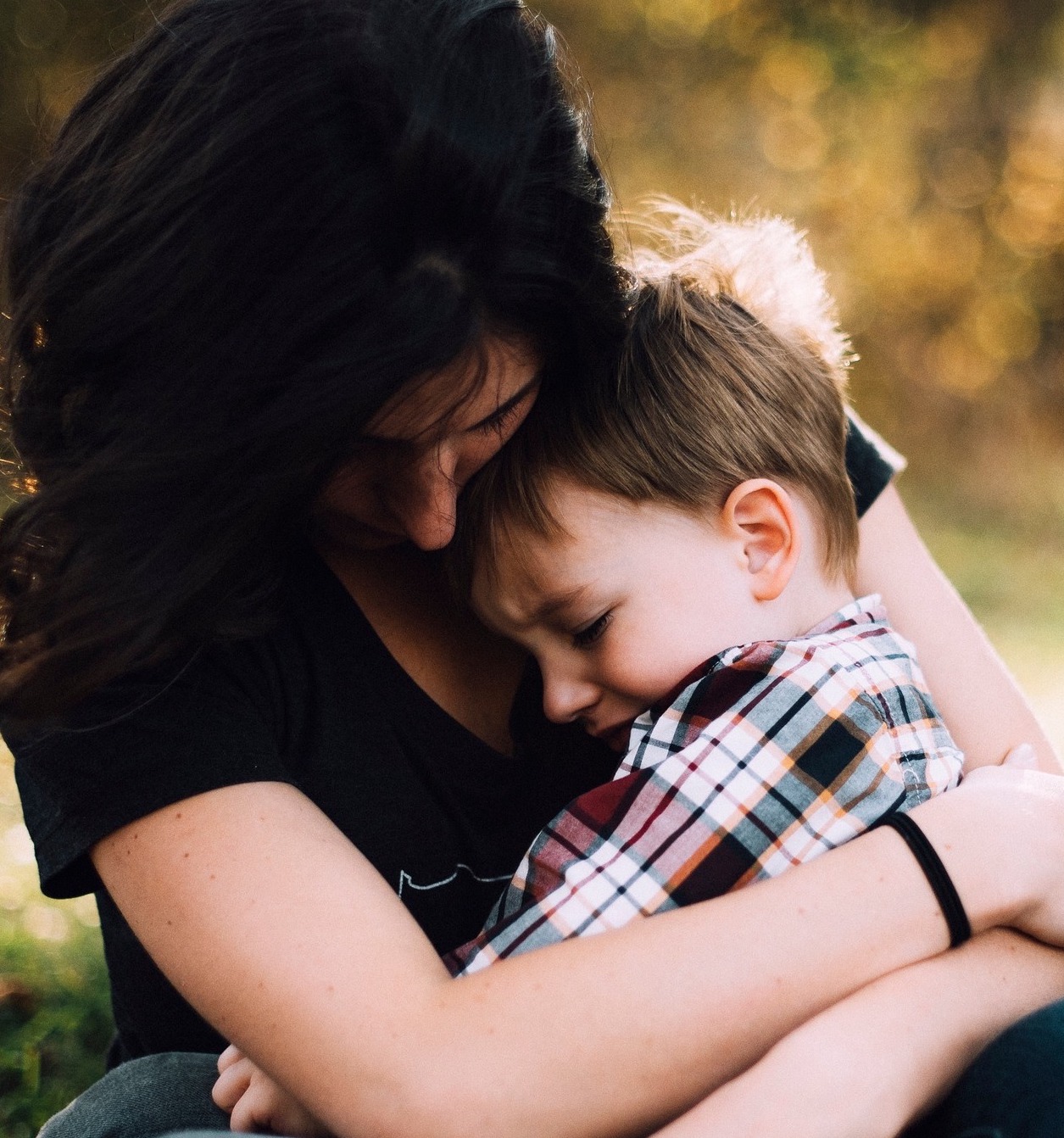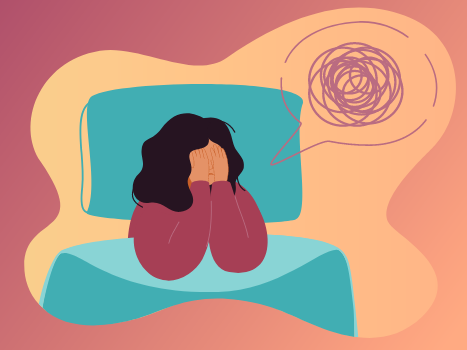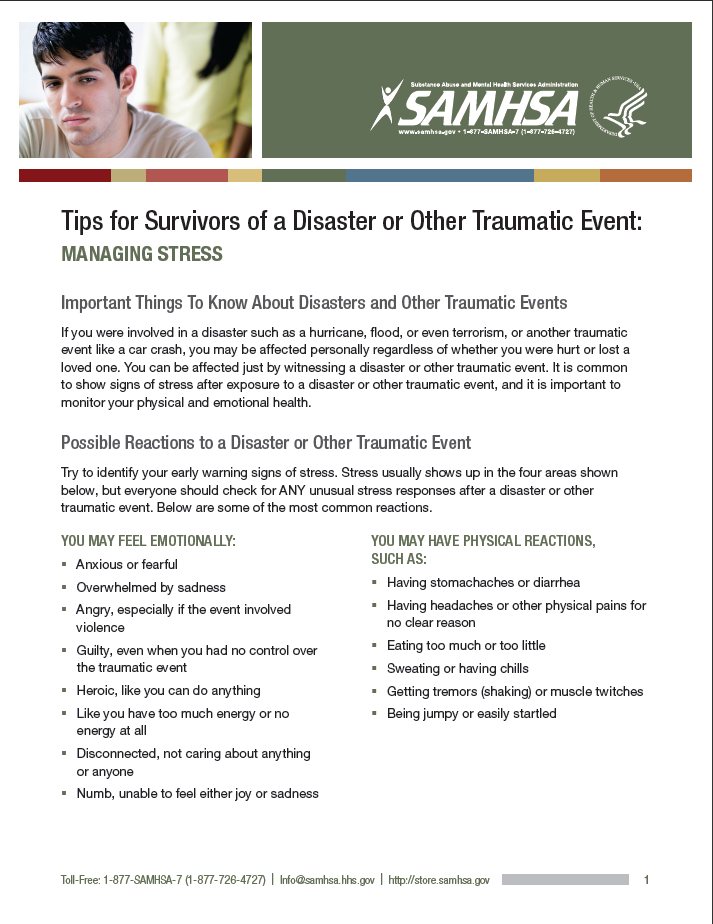 To protect children from physical harm, we buy car seats, we childproof, we teach them to swim, we hover. How, though, do you inoculate a child against future anguish? For that matter, what do you do if your child seems overwhelmed by life in the here and now?
To protect children from physical harm, we buy car seats, we childproof, we teach them to swim, we hover. How, though, do you inoculate a child against future anguish? For that matter, what do you do if your child seems overwhelmed by life in the here and now?
You may already know that an increasing number of our kids are not all right. But to recap: After remaining more or less flat in the 1970s and ’80s, rates of adolescent depression declined slightly from the early ’90s through the mid-aughts. Shortly thereafter, though, they started climbing, and they haven’t stopped.
An even more wrenching manifestation of this trend can be seen in the suicide numbers. From 2007 to 2017, suicides among 10-to-24-year-olds rose 56 percent, overtaking homicide as the second leading cause of death in this age group (after accidents).
One possible contributing factor is that, in 2004, the FDA put a warning on antidepressants, noting a possible association between antidepressant use and suicidal thinking in some young people. Prescriptions of antidepressants to children fell off sharply—leading experts to debate whether the warning resulted in more deaths than it prevented. The opioid epidemic also appears to be playing a role.
Even taken together, though, these explanations don’t totally account for what’s going on.
A stronger case can be made that social media is potentially hazardous for people who are already at risk of anxiety and depression. “
This more or less brings us back to where we started: Some of the kids aren’t all right, and certain aspects of contemporary American life are making them less all right, at younger and younger ages.
I have been thinking about these questions a lot lately, for journalistic reasons as well as personal ones. I am the mother of two children, 6 and 10, whose lineage includes more than its share of mental illness.
To my surprise, as I began interviewing experts in children’s mental health—clinicians, neuroscientists doing cutting-edge research, parents who’d achieved this unofficial status as a result of their kids’ difficulties—an unusually unified chorus emerged. For all the brain’s mysteries, for everything we still don’t know about genetics and epigenetics, the people I spoke with emphasized what we do know about when emotional disorders start and how we might head more of them off at the pass. The when: childhood—very often early childhood. The how: treatment of anxiety, which was repeatedly described as a gateway to other mental disorders, or, in one mother’s vivid phrasing, “the road to hell.”
Anxiety disorders are well worth preventing, but anxiety itself is not something to be warded off. It is a universal and necessary response to stress and uncertainty. I heard repeatedly from therapists and researchers while reporting this piece that anxiety is uncomfortable but, as with most discomfort, we can learn to tolerate it.
Yet we are doing the opposite: Far too often, we insulate our children from distress and discomfort entirely. And children who don’t learn to cope with distress face a rough path to adulthood. A growing number of middle- and high-school students appear to be avoiding school due to anxiety or depression; some have stopped attending entirely.
Lynn Lyons, a therapist and co-author of Anxious Kids, Anxious Parents, told me that the childhood mental-health crisis risks becoming self-perpetuating: “The worse that the numbers get about our kids’ mental health—the more anxiety, depression, and suicide increase—the more fearful parents become. The more fearful parents become, the more they continue to do the things that are inadvertently contributing to these problems.”
Excerpted from “What Happened to American Childhood?” in The Atlantic. Read the full article online to learn more about how childhood anxiety begins, the impact anxious parents may have on their children, gender differences with respect to anxiety disorders, and more.
Source: The Atlantic | What Happened to American Childhood?, https://www.theatlantic.com/magazine/archive/2020/05/childhood-in-an-anxious-age/609079 | Copyright (c) 2020 by The Atlantic Monthly Group
A screening can help you determine if you or someone you care about should contact a mental health professional. CHC teletherapy services are available now. Call or email our Care Coordinators at 650.688.3625 or careteam@testing.chconline.org to set up a free 30-minute consultation appointment.
This resource is filed under:





